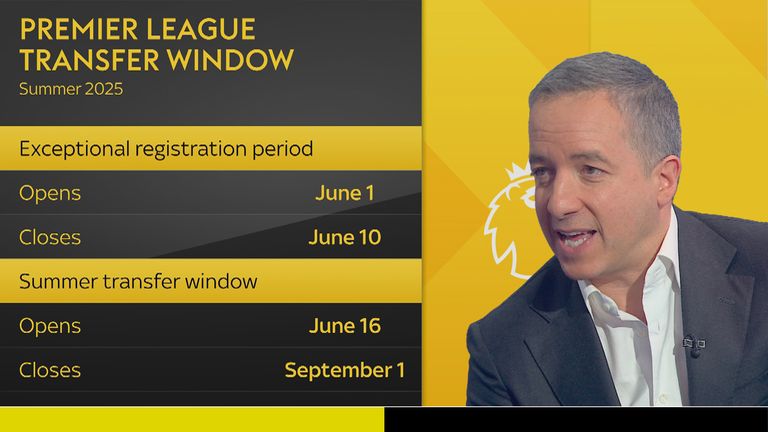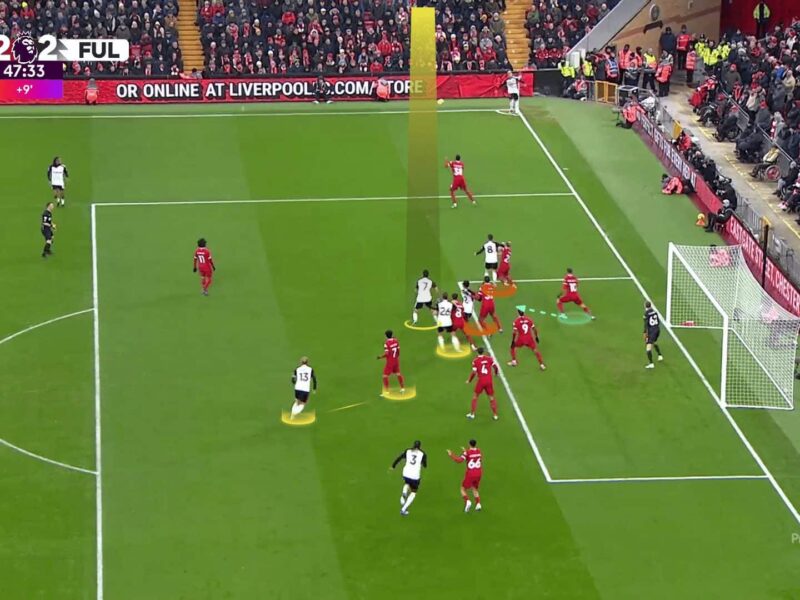Twice a year, the football world buzzes with heightened energy. Social media floods with speculation, agents’ phones ring off the hook, and clubs scramble to finalize deals before a rapidly approaching deadline. This is the transfer window – a designated period where football clubs can buy, sell, and loan players from other clubs.

But how does it actually work? What goes on behind the scenes to turn a rumour into a player holding up a new shirt? Let’s break down the process:
1. What is the Transfer Window?
- Designated Periods: Governed by FIFA and national football associations (FAs), these are specific times of the year when clubs are permitted to register newly acquired players. Moving outside these windows is generally prohibited for players under contract (exceptions exist for free agents).
- Two Main Windows:
- Summer Window: The longer, main window between seasons (typically ~12 weeks from June/July to the end of August/early September in Europe). This is when most major squad rebuilding occurs.
- Winter Window: A shorter, mid-season window (usually the month of January in Europe). Often used for plugging gaps caused by injuries, making panic buys, or adding reinforcements for a title push or relegation battle.
- Purpose: To provide stability during the playing season, preventing constant player movement and ensuring squads remain relatively consistent between windows.
2. The Key Players Involved:
- Buying Club: Identifies needs, scouts targets, negotiates fees, agrees personal terms, conducts medicals. Involves the manager, scouting department, sporting director/director of football, board/ownership (finance), and legal team.
- Selling Club: Holds the player’s registration. Negotiates the fee, decides whether to sell based on squad needs, player desire, and financial considerations. Involves similar personnel structure.
- The Player: Ultimately, the player must agree to the move. They negotiate personal terms (salary, bonuses, contract length) through their representative.
- The Agent: Represents the player’s interests. Facilitates communication, negotiates contracts, often identifies potential suitors, and earns a commission (sometimes substantial) on the deal. A powerful figure in modern transfers.
- Football Authorities (FIFA, FAs, Leagues): Set the rules, manage the registration systems (like FIFA’s Transfer Matching System – TMS), ensure compliance with regulations (e.g., Financial Fair Play).
3. The Anatomy of a Transfer Deal (Simplified Steps):
- Step 1: Scouting and Identification: The buying club identifies a position they need to strengthen or a specific player they desire. Extensive scouting (live and video) and data analysis take place.
- Step 2: Initial Enquiry & Expressing Interest: The buying club officially (or often unofficially via intermediaries/agents) contacts the selling club to express interest and gauge the player’s availability and potential asking price. Crucially, clubs are not supposed to speak directly to a player under contract without the selling club’s permission (“tapping up”).
- Step 3: Club-to-Club Negotiations (The Fee): This is often the biggest hurdle. Clubs haggle over the transfer fee. Discussions include:
- Structure: Upfront payment vs. installments.
- Add-ons/Bonuses: Performance-related clauses (e.g., extra payment after X appearances, winning trophies, qualifying for Champions League).
- Sell-on Clause: Selling club gets a percentage of any future transfer fee if the buying club sells the player later.
- Step 4: Permission to Speak: Once a fee is agreed upon in principle between the clubs, the selling club grants the buying club formal permission to negotiate personal terms with the player and their agent.
- Step 5: Negotiating Personal Terms: The buying club and the player’s agent iron out the details of the employment contract:
- Salary (Wages)
- Contract Length
- Signing-on Fees
- Appearance/Goal Bonuses
- Image Rights
- Release Clauses (Less common in some leagues, like England, but standard in others, like Spain).
- Step 6: The Medical: The player travels to the buying club to undergo rigorous medical examinations by the club’s doctors. This assesses current fitness, injury history, and potential underlying issues. A failed medical can collapse the entire deal, even at this late stage.
- Step 7: Finalizing Paperwork & Registration: If the medical is passed and personal terms are agreed:
- Contracts are signed by player, agent, and both clubs.
- Work permits/visas are secured if necessary (e.g., for international transfers).
- Crucial: Both clubs must submit all required information accurately into FIFA’s Transfer Matching System (TMS) before the window deadline. This system ensures transparency and that both clubs agree on the core details.
- The relevant league and FA approve the registration.
- Step 8: The Announcement: The iconic photos, the “Welcome to [Club Name]!” social media posts, the first interview – the deal is officially public.
4. Key Complexities:
- Financial Fair Play (FFP) / Profitability and Sustainability Rules (PSR): Clubs must operate within spending limits imposed by UEFA and domestic leagues, impacting their ability to pay large fees or wages.
- Agents’ Fees: Can be a significant cost and sometimes a point of contention.
- Player Power: Players nearing the end of their contracts have more leverage (Bosman ruling allows free transfers at contract expiry). They can refuse moves even if clubs agree on a fee.
- Deadline Day Frenzy: The final hours are chaotic as clubs rush to complete deals, often leading to panic buys, collapsed transfers due to time running out, and domino effects where one move triggers several others.
- Loan Deals: Temporary transfers, often with an option or obligation to make the move permanent later. Have their own negotiation complexities regarding loan fees and wage coverage.
Conclusion:
The transfer window is a critical business period in football, involving intricate negotiations, strategic planning, financial calculations, and human elements. From initial scouting to the final signature submitted before the deadline, getting a deal over the line requires alignment between multiple parties navigating a complex web of regulations and motivations. It’s a high-stakes process that defines the fortunes of clubs and careers of players.
What’s the most memorable transfer deal you remember? What aspect of the window do you find most fascinating? Let us know below!

